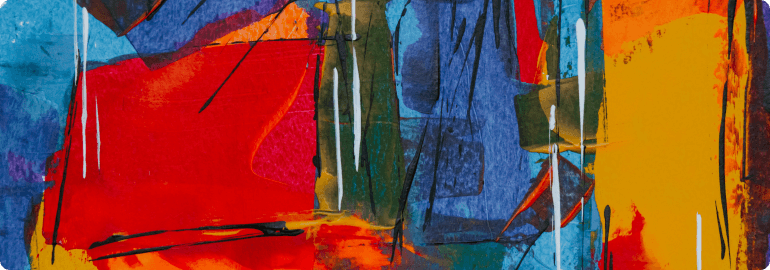Pithoragarh, a charming district nestled in the Himalayan foothills of Uttarakhand, India, is not only blessed with awe-inspiring natural beauty but also boasts a rich cultural heritage that dates back centuries. This region, with its historical landmarks, traditional festivals, and vibrant customs, offers a captivating glimpse into the traditions and legacies of the past. In this blog, we embark on a journey through Pithoragarh's cultural heritage, immersing ourselves in its history, architecture, and vibrant traditions.

Ancient Forts and Temples :
Pithoragarh is steeped in history, and its landscape is adorned with ancient forts and temples that narrate tales of bygone eras. The Pithoragarh Fort, perched atop a hill, stands as a testament to the region's strategic importance during medieval times. Its stone walls and intricate architecture provide a glimpse into the architectural prowess of the past. Additionally, the Chandak Fort and Kapileshwar Mahadev Temple are other notable heritage sites that showcase the region's religious and historical significance.
Traditions and Festivals :
Pithoragarh is a melting pot of diverse cultures and traditions, celebrated through vibrant festivals and rituals. The Jauljibi and Thal Fairs, held at the confluence of the rivers Kali and Gori, are important cultural events where traders from India and Nepal gather to exchange goods and participate in traditional dances and music. The Bhitauli festival, celebrated by the Kumaoni community, showcases colorful processions, traditional attire, and joyful folk performances, offering a glimpse into the local way of life.
Folk Music and Dance :
The folk music and dance of Pithoragarh are integral parts of its cultural fabric. The region is known for its mesmerizing Kumaoni folk songs, performed with traditional instruments like the dhol and damau. The vibrant dances, such as the Langvir Nritya (acrobatic dance) and the Barada Nati, showcase the energy and grace of the local performers. These artistic expressions not only entertain but also preserve the cultural heritage of the region
Handicrafts and Artistry :
Pithoragarh is known for its skilled artisans and their craftsmanship, which is passed down through generations. The intricate wood carvings, done primarily on doors and pillars, reflect the artistic prowess of the locals. The region is also renowned for its handwoven textiles, including the famous Pashmina shawls and woollen carpets. Exploring the local markets and interacting with artisans offers an opportunity to witness the meticulous workmanship and support the preservation of these traditional crafts.
Culinary Delights :
No exploration of cultural heritage is complete without indulging in the local cuisine. Pithoragarh offers a delectable array of traditional dishes that are deeply rooted in the region's cultural heritage. From the mouthwatering Bhatt ki Churdkani (a traditional lentil delicacy) to the flavorful Singhal (a crispy fried bread), the local cuisine tantalizes the taste buds and reflects the culinary traditions of the area.
Conclusion:
Pithoragarh's rich flora and fauna offers a glimpse into the incredible
diversity
of
the natural world. From the alpine meadows to the lush forests, and from the
vibrant
rhododendron blooms to the medicinal herbs and enchanting orchids, this region
showcases
nature's artistic prowess. Exploring Pithoragarh's flora is a captivating
experience
that not only awakens our senses but also deepens our appreciation for the
wonders
of
the plant kingdom. So, plan your visit to Pithoragarh and immerse yourself in
the
botanical paradise that awaits you in this scenic Himalayan gem.

